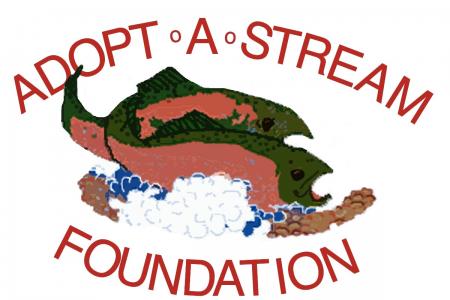- Organization Name
- The Adopt A Stream Foundation
- Mission Statement
- To teach people to be stewards of their watersheds
- City & State
- Everett,
- Washington
- Question 1
- The Before: What was the challenge, issue or problem your organization was facing? Or, what was the opportunity you were not able to take advantage of before you put a technology solution in place?
- Answer: Our biggest challenge before we put a technology solution into place was proving to our funding sources that our door-to-door outreach method is effective. Proving effectiveness is vital to an environmental non-profit, where grant funds are scarce. Our funding sources kept saying, “Your outreach method is innovative. Prove to us that it is effective. We need numbers.”
We could quantify the environmental data we gathered, but it was more difficult to quantify social interactions. We could not answer simple questions like, “Is our success dependent on a demographic?” We could not ask, “Are positive responses correlated to specific land use?” The answers to these questions could prove important in determining how to best direct funding, both for our organization and for funding sources.
- Question 2
- What Microsoft software have you used/are you using in your organization to more effectively engage your beneficiaries, donors and/or volunteers and/or to make a difference in your community?
- Answer: Microsoft Office 2007 or 2010 (Includes any of the following: Access, Excel, PowerPoint, Publisher, OneNote, Outlook, and Word)
- Other:
- Question 3
- The After: How have these Microsoft products allowed you to engage your stakeholders more efficiently or effectively to make a difference in your community?
- Answer: We make a difference in our community by “teaching people to be stewards of their watersheds.” Our staff was able to engage more stakeholders in this mission because Microsoft Access was intuitive for the casual user, yet powerful enough to create professional results.
Microsoft Access allowed us to effectively share our educational successes and environmental findings with many stakeholders, including the public, counties, cities and the state. Our unique door-to-door educational method is becoming popular with other jurisdictions based on the success we have been able to show through reports created in Access. Since generating our first reports last year, several jurisdictions have contacted us looking for advice on how to implement a similar program.
- Question 4
- What about these products (the features or the way you used them) made them particularly helpful in enabling your organization to expand and improve upon its community impact?
- Answer: Ease of use has been the most helpful feature on Access. Our time is best spent educating the public, not training on the latest software. Access is time-tested, with a friendly interface. It allows someone with a general concept of relational databases to run powerful queries. The icing on the cake is its ability to interface with our GIS mapping software. Nothing pleases the public more than a graphic representation of data.
Access allows our staff to manage field data efficiently. Previously, we used a blank form, hand copied data from GIS onto the form, then entered the data into the database. Now, we simply import the data from GIS, print the form, and only record data gathered in the field. This allows us more time to interact with landowners.
- Question 5
- Please provide any examples, stories or data that illustrate the difference the use of Microsoft software has enabled you to make (i.e., # of new clients reached, new program added, increased dollars raised, increased volunteers, etc.
- Answer: We need to prove effectiveness to funding sources, but without expensive surveys, one-on-one educational efforts can be difficult quantify. Recently, a funding source commented that our data is the first they’ve seen for our type of work. They have stopped asking for numbers and are now asking us to identify barriers in our work.
The database uncovered some unexpected results. It is a common belief that landowners are unwilling to talk with strangers about their environmental practices. Our database shows that 90% of landowners are receptive to our efforts. Without the database, we didn’t recognize that our barriers are physical: gated driveways and No Trespassing signs. Now that we have identified this, we are exploring ways to overcome the real barrier.
- Upload photos or other supporting works/files
-
- Supporting Work Web URL
- Special directions needed to access your work
- The attached show data management in Access; from raw data through query, to final results mapped.
- Upload org logo or other identifying graphic


